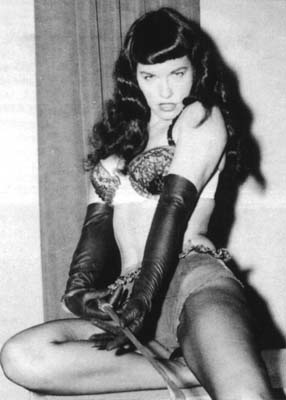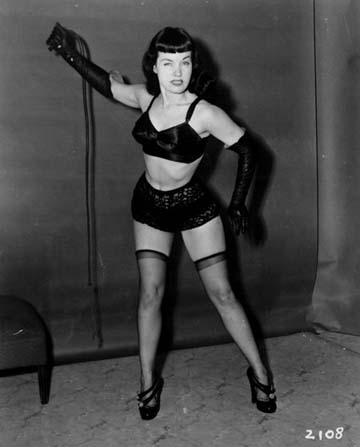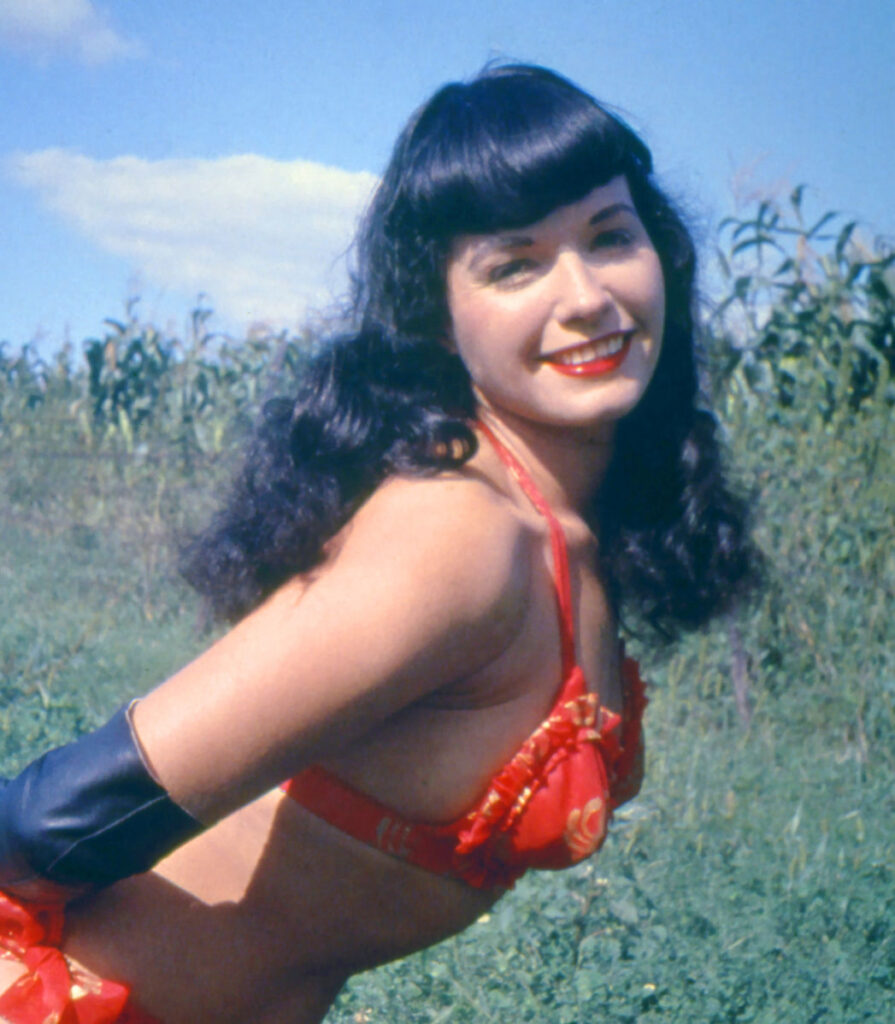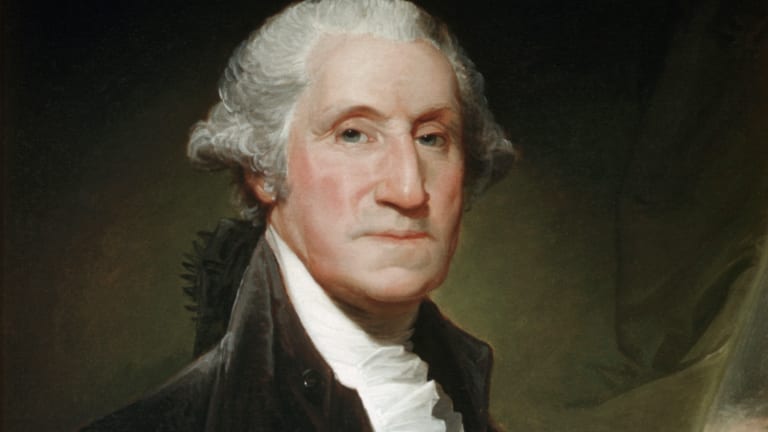Bettie Page is not a name that everyone knows today, but during the 1950s she was one of the most recognizable pinups in the world. She was a trailblazing model and one of the most photographed women of her era.
However, beyond the lens and the allure of her pinup images, Bettie Page’s life was a tapestry of complexities. Her life was marked by highs of success and lows of personal challenges.
This article delves into the captivating life of Bettie Page, exploring her early years, her meteoric rise to fame, and the enigmatic aspects that have made her a timeless symbol of beauty and liberation.

Early Life
She was born Betty Mae Page on April 22, 1923, in Nashville, Tennessee. She was the second child of six children.
Her early years were plagued with financial struggles and family instability. When she was 10, her parents divorced and she and two of her sisters were sent to an orphanage for a year.
At some point during her teenage years, her father returned and rented a basement room in her mother’s house. During this time Bettie claims that he sexually molested her.
Despite these challenges, Bettie’s teenage years saw her excelling academically. She even became Homecoming Queen at Hume-Fogg High School and earned a scholarship to George Peabody College.
Bettie honed various skills. She found solace in community centers, where she developed a passion for cooking, sewing, and academic pursuits.
Her resilience and determination manifested in her achievements as a student, with notable roles in the Dramatics Club, the Student Council, and contributions to the school newspaper and yearbook. This earned her the title of “Most Likely to Succeed.”
After graduating in 1943, she married her high school sweetheart Billy Neal, and moved to San Francisco. She attempted to get into acting in Los Angeles but she failed her first screen test.
A few years later she filed for divorce from Neal and moved to New York.
Discovery
Page soon learned that life in New York City wasn’t any easier than in San Francisco. To support herself initially, she got a job as a secretary to a real estate agent.
During her first few years in the Big Apple she enrolled in acting classes and auditioned for plays. However, no opportunities ever materialized.
One day in 1950, Page was enjoying herself on the shores of Coney Island when she caught the eye of Jerry Tibbs. Tibbs was a police officer by day and an amateur photographer by night.
Tibbs approached Bettie and told her that she had the potential to be a famous pinup girl. He proposed a photoshoot and even would help to put together her first portfolio. Intrigued by the opportunity, Page agreed, marking her entry into the world of modeling.
Erotic Film
In the 1940s, nude and erotic photos were illegal to distribute which meant that the demand for them was high. In response to these legal constraints, so-called “camera clubs” emerged as a workaround.
These clubs claimed to exist for the promotion of artistic photography but, in reality, they were fronts for the creation and distribution of explicit or pornographic images.
As a camera club model, Page found her calling. Her fearlessness in front of the camera quickly propelled her to stardom within the world of erotic photography.
Soon, Page’s name and image became synonymous with the genre making her an iconic figure in the world of pinups and erotic photography.
As Page’s image circulated the underground erotic culture of New York City, she caught the attention of Irving Klaw and his sister Paula. The Klaws operated a mail-order business specializing in custom-made fetish and bondage erotica.
The Klaws produced short silent films featuring Page in playful, yet provocative, situations, appealing to audiences with a taste for the risqué.

The Kefauver Committee
Estes Kefauver was a prominent U.S. Senator from Tennessee. During the early 1950s, he was thrust into the spotlight and national prominence when he chaired the Kefauver Committee.
Officially known as the Senate Special Committee to Investigate Crime in Interstate Commerce, this committee conducted televised hearings and investigations into organized crime. The hearings brought the horrors of the criminal underworld into everyone’s living room.
As a result, there was an increased clampdown on censorship in the media and entertainment industry. Content that was deemed too risqué or provocative was particularly targeted.
The cultural and political climate of the 1950s began to shift to a more conservative attitude. Anyone who stood in the way had their careers destroyed.
Bettie Page and her colleagues were not spared from the Kefauver Committee. They deemed her and photographers like Irving Klaw as “a bad influence and degrading.”
In response, Kefauver initiated a sub-committee on juvenile delinquency to probe the alleged negative impact of these images. The investigation took a grim turn when Clarence Grimm, claiming that his son’s suicide was influenced by Bettie Page, came forward.
Kefauver subpoenaed Irving Klaw on May 19, 1955. The proceedings took an emotional toll on Bettie, who was spared testifying but faced the weight of a teenager’s tragic suicide attributed to her images.
Move to Florida and Mental Decline
The pressure and anxiety brought on by the Kefauver Committee became too much for Bettie Page to bear. She moved to Florida to live a more relaxed and isolated life away from the camera.
Not long after she arrived in Florida she had a transformative experience at a Baptist church on New Year’s Eve in 1957. It led to her spiritual rebirth.
This newfound faith prompted Page to leave behind her modeling career, expressing, “When I gave my life to the Lord, I began to think he disapproved of all those nude pictures of me.”

In 1958, she entered a brief marriage with Armond Walterson, but the union ended swiftly in divorce by 1963. Undeterred, Page married for a third time in 1967, this time to Harry Lear. Unfortunately, this chapter marked the beginning of Bettie Page’s mental health decline.
The signs of mental health deterioration began to manifest with uncontrollable bursts of anger. One notable incident occurred in January 1972 at a ministry retreat, where Bettie Page ran through the retreat brandishing a .22-caliber pistol.
In the subsequent years, she withdrew from the public eye, and her mental health struggles became a private battle. In the last years of her life she retreated from the spotlight and lived a more secluded life. She grappled with mental health challenges until her passing on December 11, 2008.
Legacy
Bettie Page’s influence extends far beyond the realm of her original erotic photographs, inspiring a whole new generation of creatives. In his 2007 film “Death Proof”, director Quentin Tarantino paid homage to Bettie Page through the character of Jungle Julia.
Her legacy lives on not only in the archives of her vintage pinups but also in the creative expressions of those who continue to be inspired by the mark she left on the world of art and popular culture.
References
Inside The Secret Life Of Notorious Pinup Girl-Turned-Recluse Bettie Page https://allthatsinteresting.com/bettie-page
Bettie Page https://en.wikipedia.org/wiki/Bettie_Page#
ABOUT BETTIE PAGE: BIOGRAPHY https://www.bettiepage.com/about/

